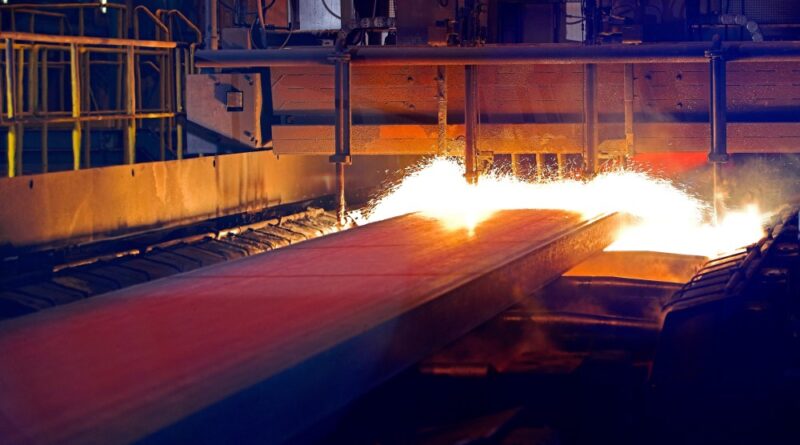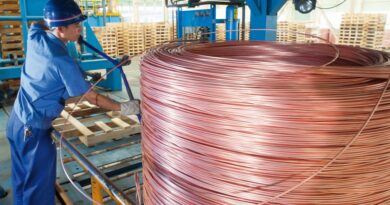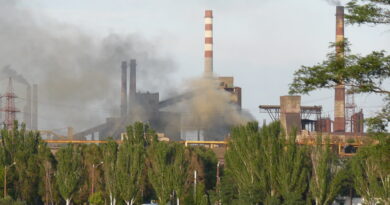worldsteel short range outlook October 2022
The World Steel Association (worldsteel) has released an update of its Short Range Outlook (SRO) for 2022 and 2023. worldsteel forecasts that steel demand will contract by 2.3% in 2022 to reach 1,796.7 Mt after increasing by 2.8% in 2021. In 2023 steel demand will see a recovery of 1.0% to reach 1,814.7 Mt.
The current forecast represents a downward revision over the earlier forecast, reflecting the repercussion of persistently high inflation and rising interest rates globally. High inflation, monetary tightening, and China’s slowdown contributed to a difficult 2022, but infrastructure demand is expected to lift 2023 steel demand slightly.
Commenting on the outlook, Mr. Máximo Vedoya, CEO of Ternium, and Chairman of the worldsteel Economics Committee, said, “the global economy is affected by persisting inflation, US monetary tightening, China’s economic deceleration, and the consequences of Russia’s invasion of Ukraine. High energy prices, rising interest rates, and falling confidence have led to a slowing in steel using sectors’ activities. As a result, our current forecast for global steel demand growth has been revised down compared to the previous one. The prospect for 2023 depends on the impact of tightening monetary policies and central banks’ ability to anchor inflation expectations. Particularly the EU outlook is subject to further downside risk due to the high inflation and the energy crisis that have been exacerbated by the Russia-Ukraine war.”
General
The global economic environment has deteriorated significantly in 2022 as inflation risk fully materialised along with other major headwinds, namely the Russia-Ukraine war and China’s lockdowns.
The Russia-Ukraine war exacerbated the inflationary pressure that was ignited by the post-lockdown supply and demand imbalances as the war disrupted energy and food supplies and intervened with the normalisation of supply chains. In particular in Europe, where dependence on Russian gas supply is high, economic activities, as well as confidence, are heavily affected by the energy crisis.
The Fed’s aggressive interest rate hikes and strong US dollar are propelling recession risks in the US and will have a ripple effect for the rest of the world through capital outflows in the emerging economies, increasing the financial stress of indebted countries and consumers.
Rising interest rates and high inflation will affect investment and consumer spending, and will hurt steel-intensive sectors such as construction, machinery, and consumer durables.
Supply chain problems eased somewhat in 2022, but continued to constrain production activities as new disruptions have emerged. Assuming that the war will not end soon and China continues to maintain its strict COVID containment policy for the time being, supply bottlenecks will not dissipate completely, despite slowing demand.
Uncertainty remains elevated for the global economy and the balance of risks is largely skewed to the downside. Among those are the effect of monetary tightening, continuation of inflation, the direction of the Chinese economy and its COVID policy, the potential crisis of gas supply in Europe, and the aggravation of the Russian-Ukraine war with unexpected consequences.




